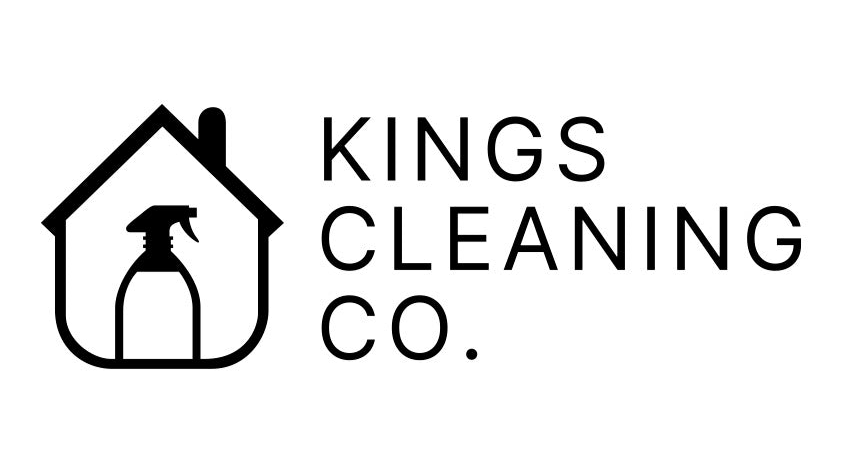Embracing Simplicity and Sustainability
In our quest for a clean and tidy home, we often overlook the impact our choices have on the environment. The good news? It’s entirely possible to keep your living space spotless while also caring for our planet. The key lies in eco-friendly, multi-use cleaning products. Let’s explore how these sustainable champions can revolutionise your cleaning routine, saving time, money, and, most importantly, the Earth.
Why Make the Switch?
1. Reduce Clutter and Waste
Imagine having just a handful of cleaners that can tackle almost any job around the house. Multi-use products mean fewer bottles cluttering up your space, less waste going to landfills, and a significant reduction in the environmental footprint of your cleaning regimen.
2. Save Time and Money
With versatile cleaners, you no longer need to spend time deciding which product to use for what surface or running to the store for specific cleaners. These all-in-one solutions not only simplify your shopping list but also prove to be more cost-effective in the long run.
3. Healthier Home, Healthier Planet
Eco-friendly products are formulated with safer, often plant-based ingredients, which means less exposure to harsh chemicals for you and your family. By choosing these, you're also preventing those same harmful substances from being washed down the drain and into our ecosystems.
How to Choose the Right Products
Look for Certifications: Labels like "biodegradable," "non-toxic," and certifications from environmental organisations can guide you to genuine eco-friendly options.
Check the Ingredients: The fewer the ingredients, the better. Opt for products with plant-based ingredients, which are less likely to harm the environment.
Versatility is Key: Seek out products advertised as multi-use. Good indicators are those that can be used in different areas of your home, from the kitchen to the bathroom, and on various surfaces.
Integrating Them into Your Routine
Start Small: Replace products as they run out with eco-friendly, multi-use alternatives. This gradual transition makes it easier to adjust to new products and routines.
DIY Solutions: Consider making your own multi-use cleaners. Common household ingredients like vinegar, baking soda, and lemon can tackle a multitude of cleaning tasks.
Educate Yourself: The more you know about the products you use and their impact, the better choices you can make for your home and the environment.
The Bigger Picture
Switching to eco-friendly, multi-use cleaning products is more than a personal choice; it's a step towards a more sustainable lifestyle. As we become more conscious of our impact on the planet, every small change counts. By simplifying our cleaning routines with these green solutions, we’re not just making our lives easier; we’re contributing to a larger, global effort to protect our environment.
FAQs
Q: Can eco-friendly products really clean as well as traditional ones? A: Absolutely. Many eco-friendly, multi-use products are just as effective, if not more so, than their conventional counterparts, especially for everyday cleaning tasks.
Q: Aren't eco-friendly products more expensive? A: While some may have a higher upfront cost, their versatility and efficiency often mean they're more cost-effective in the long run. Plus, the environmental and health benefits they offer are priceless.
Q: Where can I find these products? A: Eco-friendly, multi-use products are increasingly available in supermarkets, health food stores, and online. With growing demand, they're becoming easier to find than ever.
By embracing eco-friendly, multi-use products, you're not just streamlining your cleaning routine—you're joining a growing movement of individuals making conscious choices for a healthier home and planet. Ready to make the switch? Your journey to a simpler, greener cleaning routine starts now.





Comments (0)
There are no comments for this article. Be the first one to leave a message!